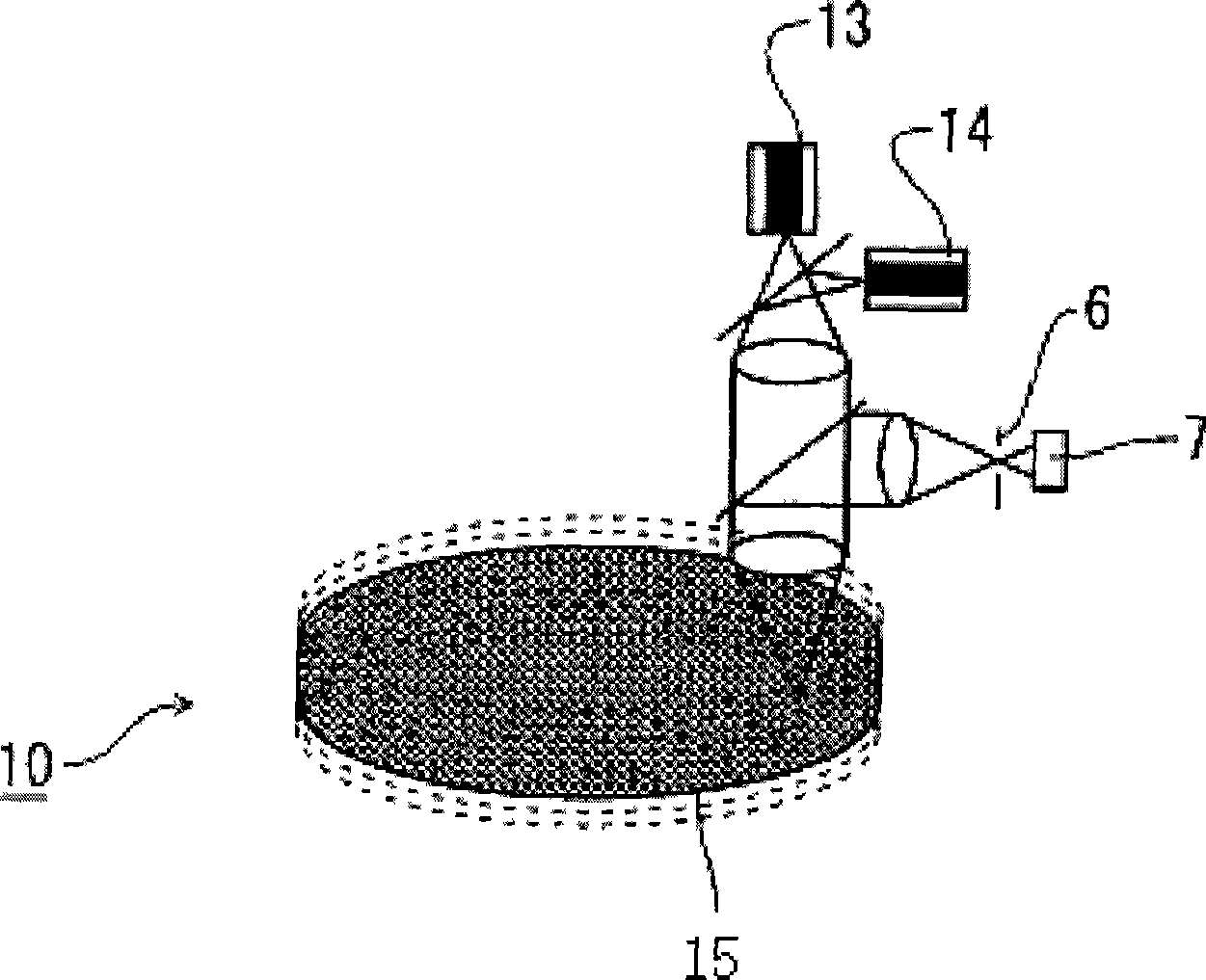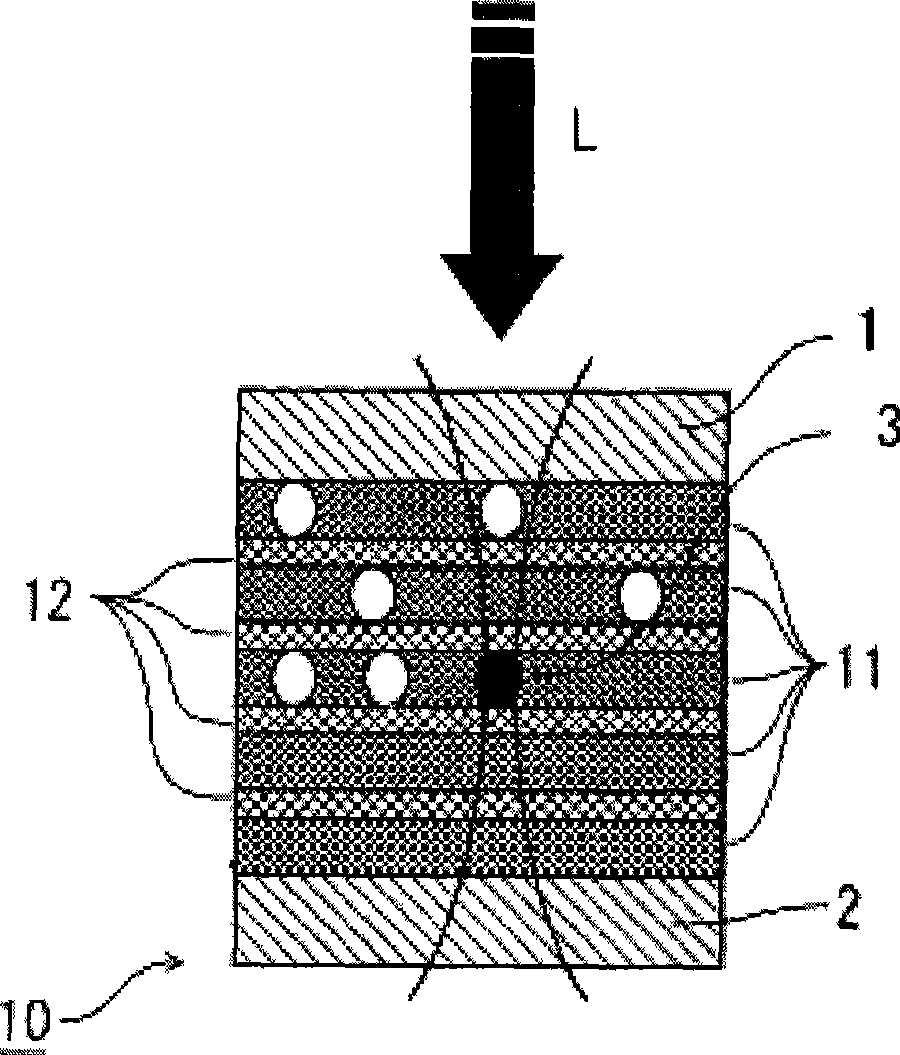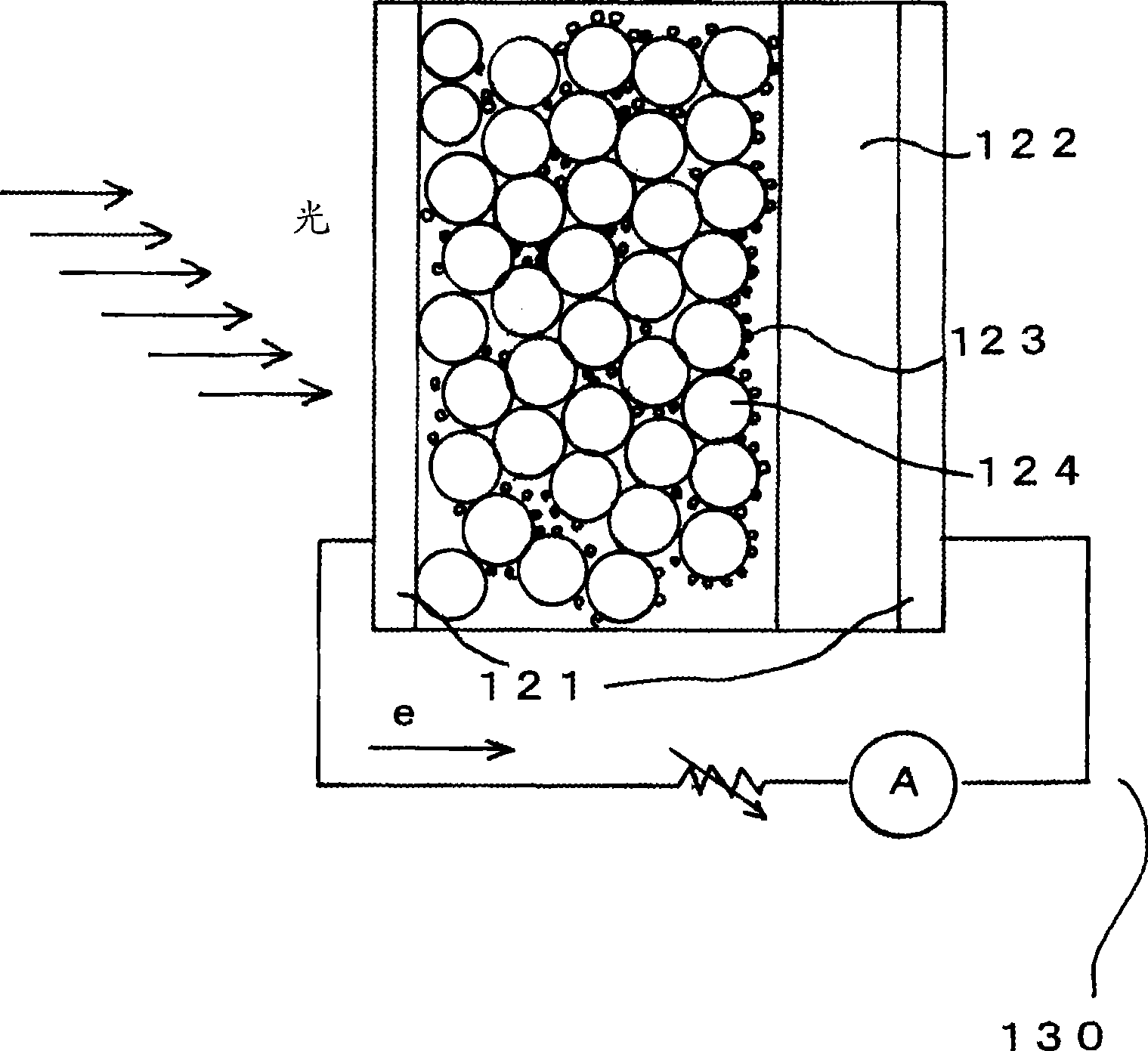Multiphoton absorption functional material, composite layer having multiphoton absorption function and mixture, and optical recording medium, photoelectric conversion element, optical control element,
A technology of multi-photon absorption and functional materials, which is applied in the field of optical modeling systems, functional equipment, and sensitization of multi-photon absorption organic materials. It can solve problems such as material degradation and equipment difficulty, achieve excellent sensitivity performance, and improve multi-photon absorption efficiency. Effect
- Summary
- Abstract
- Description
- Claims
- Application Information
AI Technical Summary
Problems solved by technology
Method used
Image
Examples
Embodiment A-1
[0345] 10 g of silver nitrate and 37.1 g of oleylamine (85%) were added to 300 ml of toluene and stirred for 1 hour. Then, 15.6 g of ascorbic acid was added and stirred for 3 hours. Next, 300 ml of acetone was added, the supernatant was removed by decantation, and the solvent contained in the precipitate was distilled off to obtain spherical silver fine particles with a diameter of 10 nm to 30 nm.
[0346] 1 mg of the obtained spherical silver fine particles was redispersed in 10 ml of toluene, and then 7 mg of the two-photon fluorescent dye represented by formula (1) was added and stirred.
[0347] Formula 1)
[0348] After the dye was dissolved, 1 g of acrylic resin DIANAL BR-75 (from MITSUBISHI RAYON CO., LTD.) was added and stirred to dissolve. The resulting solution was poured into a frame formed on a glass substrate. The solvent was evaporated for solidification, yielding a block composed of spherical silver fine particles and two-photon fluorescent dye-dispersed ac...
Embodiment A-2
[0350] 1 mg of the spherical silver fine particles obtained in Example A-1 were redispersed in 10 ml of toluene, and mixed with a toluene solution of 0.2 g of 1 mass % polyethyleneimine (from NIPPON SHOKUBAI CO., LTD., with an average molecular weight of 300) Upon mixing, small aggregates of spherical silver fine particles were confirmed by the color change of the dispersion.
[0351] Further, 7 mg of a two-photon fluorescent dye represented by formula (1) was added and stirred to dissolve in the solution, and then 1 g of acrylic resin DIANAL BR-75 (from MITSUBISHI RAYONCO., LTD.) was added and stirred to dissolve. The resulting solution was poured into a frame formed on a glass substrate. The solvent was evaporated for solidification, yielding a block composed of aggregated spherical silver fine particles and two-photon fluorescent dye-dispersed acrylic resin and having a thickness of 50 μm.
Embodiment A-3
[0353] Chlorauric acid (0.37 g) was added to 30 ml of water, and then a mixed solution of 2.187 g of tetraoctylammonium bromide and 80 ml of toluene was added and stirred for 2 hours.
[0354] Furthermore, 0.2 g of 1-dodecanethiol was added and stirred for 1 hour.
[0355] After that, 0.378g NaBH was added dropwise 4 The solution was dissolved in 20 ml of water and stirred for 2 hours.
[0356]The reaction product was washed several times with water using a separatory funnel, and then the solvent of the organic layer was distilled off to obtain spherical gold fine particles with a diameter of 20 nm to 50 nm.
[0357] 3 mg of the obtained spherical gold fine particles were redispersed in 10 ml of toluene, then 7 mg of a two-photon fluorescent dye represented by formula (1) was added and stirred to dissolve in the solution, and 1 g of acrylic resin DIANAL BR-75 (from MITSUBISHI RAYON CO., LTD.) and stir to dissolve. The resulting solution was poured into a frame formed on a g...
PUM
| Property | Measurement | Unit |
|---|---|---|
| diameter | aaaaa | aaaaa |
| thickness | aaaaa | aaaaa |
| thickness | aaaaa | aaaaa |
Abstract
Description
Claims
Application Information
 Login to View More
Login to View More - R&D
- Intellectual Property
- Life Sciences
- Materials
- Tech Scout
- Unparalleled Data Quality
- Higher Quality Content
- 60% Fewer Hallucinations
Browse by: Latest US Patents, China's latest patents, Technical Efficacy Thesaurus, Application Domain, Technology Topic, Popular Technical Reports.
© 2025 PatSnap. All rights reserved.Legal|Privacy policy|Modern Slavery Act Transparency Statement|Sitemap|About US| Contact US: help@patsnap.com



